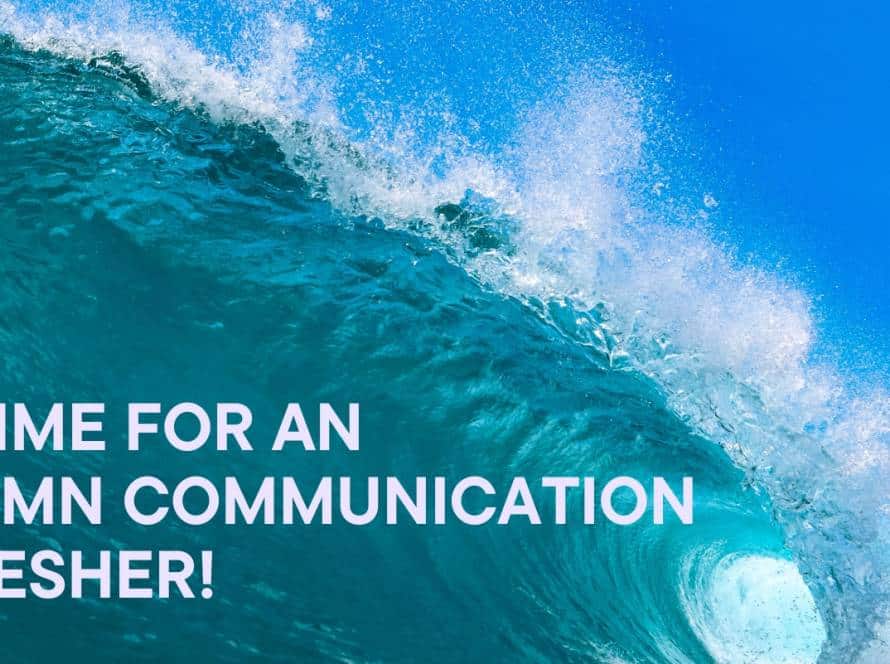Creating content online has never been easier.
Every day, we are overwhelmed with TikToks, Reels, images, blogs, guides, and podcast episodes… Everybody is creating content. And this constant noise has put enormous pressure on brands to do the same.
However, it is not so much the need to create content that is the problem, but rather the purpose behind it. And nowadays, the goal of content is often reduced to a single metric: visibility. More followers and more reach. When marketing budgets are tight (which is most often the case), and sales numbers are low, marketing teams are under pressure to prove value fast. So they get “creative” with the content creation process to chase after quick wins in the online world.
Getting thousands of views on an Instagram reel seems like the holy grail of modern advertising. As a result, many marketers focus entirely on getting their next post to go “viral”.
But while “viral” marketing content generates views and shares, it also frequently sacrifices what matters most in marketing – brand building, customer acquisition, and sustainable growth – just for a few moments of internet fame.
Viral Marketing Content Often Dilutes Brand Messaging
In the age of attention, most marketers are terrified of being boring. They are always after the next big thing that is proven to take them to their customers’ feeds. They jump on trends, use quick, punchy formats, and often compromise their brand messaging for maximum shareability.
Authentic brand messaging is not crafted for virality. It should help connect your target audience to your brand’s unique value proposition and convey what your brand stands for. Yet so many brands tailor their messaging to appeal to the broadest possible audience, chasing cheap thrills and mass appeal. Our social media feeds have been overflooded with this type of content.
The Risk of Blending In
This also brings us to another potential risk for brands. With the majority of brands following the same pattern for content creation, how can audiences distinguish one brand from another? If people can’t remember which brand created that “viral” post, do views even matter?
The fix: Develop clear brand messaging guidelines that help you strengthen your brand positioning. Start by understanding your brand’s core values, target audience, and competitive landscape. Think about how you want your audience to perceive your brand and how your content can contribute to forming that perception.
Chasing Virality Attracts the Wrong Customer Demographics
If you optimize your content for the “vanity metrics” like views and followers, your content will probably need to appeal to the broadest possible audience. But your ideal customers are rarely “everyone.”
A lot of people can watch your “funny” video and maybe hit “follow” on your Instagram page, but will they eventually buy your product?
One of the most expensive mistakes brands can make is to create campaigns that reach millions of people who will never buy their products. When marketing teams optimize for maximum shareability, they inevitably create content that appeals to the social media masses, not their target market. This leads to impressive reach numbers that mask a fundamental problem: you’re paying to entertain people who aren’t interested in your product.
And the Right People Miss Your Message
Meanwhile, the people who are interested in your category are left wondering why they should choose you. When you only aim to be seen by the highest number of people, you rarely take the time to answer the questions that your target audience is actually asking.
The fix: Define your ideal target customer. And not just their gender, age, and location. Find out what their main motivations and challenges are when they buy in your category. What information they need to buy, and what influences their buying decisions. You will find out there are a lot of questions that need answering. This will help you create content that meets your target audience halfway and position your brand as the obvious choice when they’re ready to buy.
Viral Reach Doesn’t Translate to Business Results
Don’t get us wrong, reach is important. We need to build brand awareness, and people to hear about our brand. But it’s how we build that reach that matters most.
While viral campaigns can generate impressive numbers in reach and impressions, they often fail at driving the results that actually matter: qualified leads, sales, and profitable customer acquisition. This happens because viral content is optimized for sharing, not purchasing. The psychological triggers that drive virality – humor, outrage, surprise – are different from the triggers that make people pull out their credit cards. When marketing teams optimize for virality, they’re optimizing for the wrong behavior.
While not all content should make a sale, it should still contribute to meaningful business outcomes. The attention economy may reward spectacle – but trust is what brings people back. And you build trust when your content speaks to real customer pain points and shows how your product or service can help.
The fix: Set KPIs around real business outcomes: qualified leads, sales, customer lifetime value, and acquisition cost. Not just vanity metrics like views or surface-level shares. If a campaign can’t demonstrate clear ROI over time, reach alone is meaningless. And you can go deeper. Track depth metrics that reflect genuine engagement and intent like: content saves, quality comments, DMs and replies, and brand sentiment.
Viral Success Undermines Long-term Brand Building Strategy
All strong brands are built over time.
Not through random fun and spectacle, but through consistent messaging, visual identity, emotional storytelling, and customer experience.
When marketing teams obsess over creating content that appeals to the algorithm, they inevitably divert resources from proven brand-building work: consistent advertising, customer experience improvements, and product development.
As long as we define “good content” as what performs best in the short term, we’ll keep creating content that doesn’t serve long-term brand goals.
A viral hit might get you noticed – but brand equity is what makes customers remember.
When you invest in content that reflects your values, solves problems, and builds emotional connection, you create something no algorithm can take away.
The Alternative
If you want to build a brand that lasts, stop chasing the crowd.
Understand your customers deeply, communicate clear value propositions consistently, and build genuine relationships over time. It is the only way your brand can succeed in the long run.
Brand-building content might not always generate the impressive reach numbers that look good in quarterly presentations. But it will help you create something far more valuable: customer loyalty, pricing power, and sustainable competitive advantages.
If you need help building long-term brand success, we are just a click away 😊



